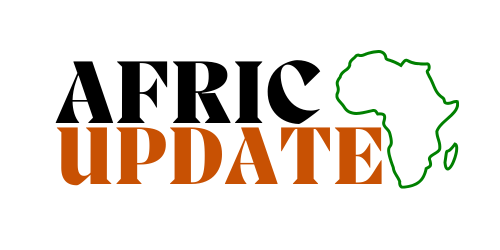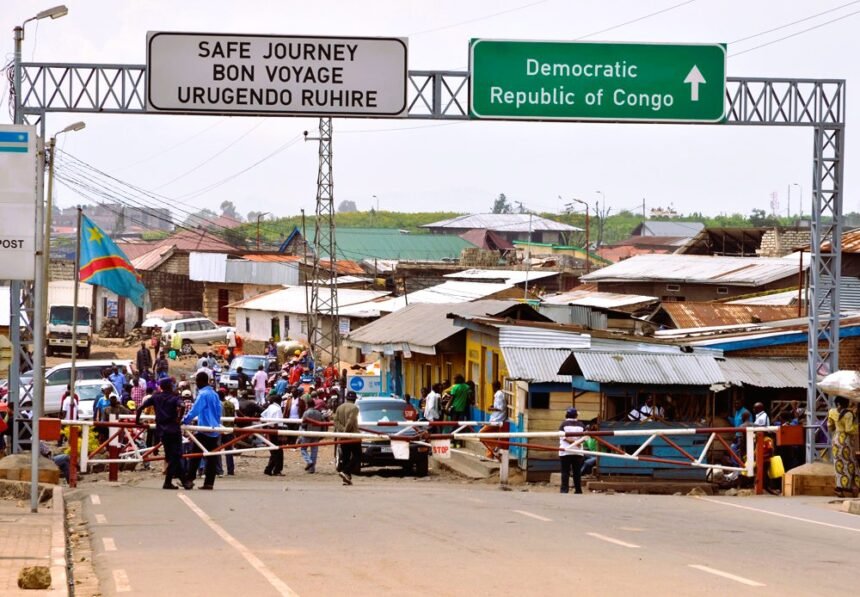By: Ashraf Gaber
In a landmark political and diplomatic event, the foreign ministers of Rwanda (Olivier Nduhungirehe) and the Democratic Republic of the Congo (Therese Kayikwamba Wagner) signed a historic peace agreement in Washington on Friday, June 27, 2025, in the presence of US Secretary of State Marco Rubio and under the joint sponsorship of the United States and Qatar.
The agreement is considered “final” and will enter into force immediately upon signing. It includes substantive provisions aimed at ending three decades of bloody conflict between the two countries. The agreement represents an important step toward halting the violence, but the greatest challenge remains implementing its provisions on the ground and ensuring the sustainability of peace, especially in light of a long history of nearly thirty years of conflict fueled by overlapping regional and international interests.
During his reception of the two foreign ministers, U.S. President Donald Trump hailed the agreement as a “glorious and long-awaited triumph,” warning of “severe sanctions” should either party violate its terms. He also praised the efforts of Qatar and the African Union in supporting the peace process.
Key Provisions of the Agreement:
The historic document signed by the two countries’ foreign ministers included a large number of provisions, the most prominent of which we highlight.
– Cessation of hostilities: Both parties commit to halting all military and hostile operations and respecting each other’s territorial integrity and sovereignty.
– Disarmament of armed groups: Dismantling of non-governmental armed groups in border regions, with terms for their reintegration into civilian or military life under agreed mechanisms.
– Joint security coordination mechanism: Establishment within 30 days of a joint mechanism to address security concerns and coordinate responses to future threats.
– Withdrawal of Rwandan troops: Implementation of the 2024 agreement calling for the withdrawal of Rwandan forces from eastern DRC within 90 days.
– Facilitation of refugee and IDP return: Enabling the safe return of refugees and internally displaced persons, and improving access to humanitarian aid.
– Framework for regional economic integration: Launching a framework for economic integration within 90 days to promote sustainable development in the region.
Trump Navigates Agreement Like a Businessman
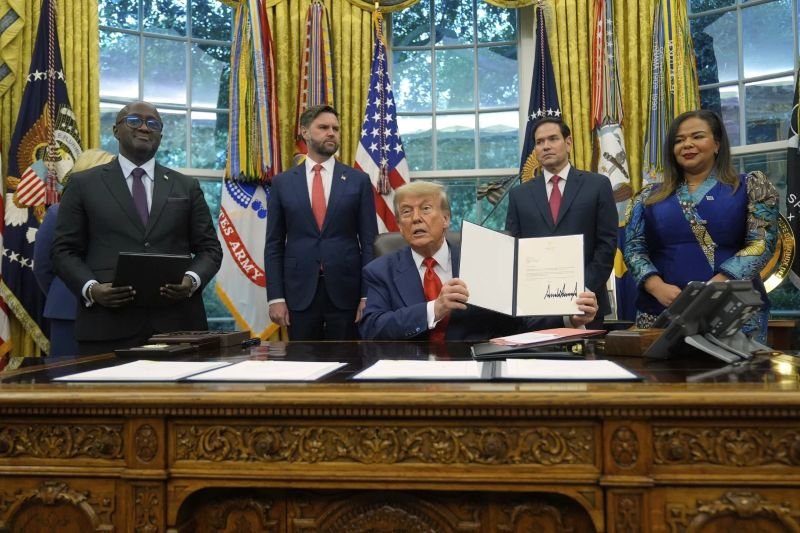
With a businessman’s mindset and experience, President Trump appears unlikely to overlook any international conflict tied to a country’s wealth. He views the Rwanda-DR Congo peace deal as a major investment opportunity in rare minerals—strategically vital resources for the U.S. Economy, especially in technology, defense, and renewable energy industries, where China currently dominates global production and export.
Trump’s rhetoric and strategic focus underscore his goal of securing alternative sources of rare minerals outside China. He sees the resolution of conflicts in mineral-rich regions like the DRC as a way for the U.S. to gain extraction and investment rights, boosting economic gains and strengthening supply chain security.
He emphasized that the agreement grants the United States “significant rights to extract minerals” from the DRC, opening the door for substantial American investment in the rare-earth-rich region and reducing dependence on China in this strategic sector.
Roots of the Conflict
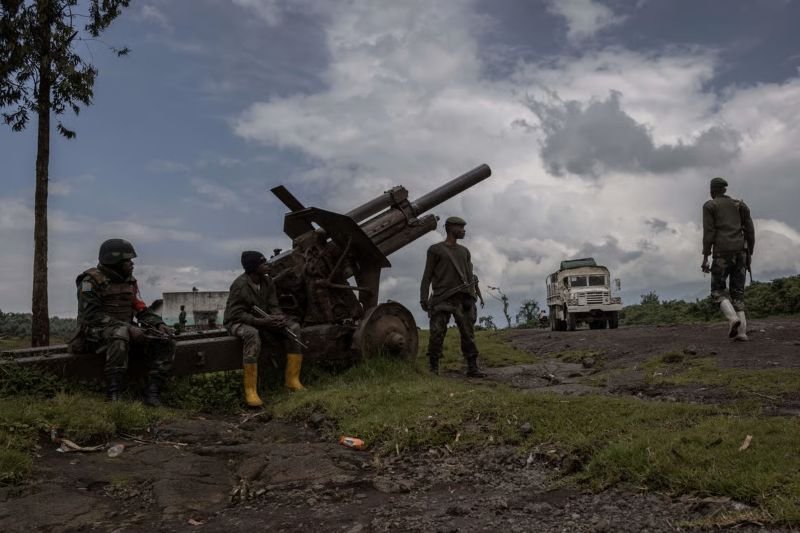
The Rwanda-DR Congo conflict traces back to the 1994 Rwandan genocide, after which armed Hutu groups fled into eastern Congo, pursued by Tutsi forces. Since then, eastern Congo has become a theater for regional conflict, with Rwanda intervening directly or through rebel groups like M23. DRC accuses Rwanda of supporting insurgents and undermining its sovereignty.
The First and Second Congo Wars (1996–2003) involved nine African countries and hundreds of militias, claiming more than five million lives—making them the deadliest conflicts since World War II. Though the war officially ended, its root causes remained, with Rwanda and Uganda continuing to back rebel groups in the east under the pretext of national security, while in reality seeking political and economic influence.
Regional and International Actors: Who’s Pulling the Strings?
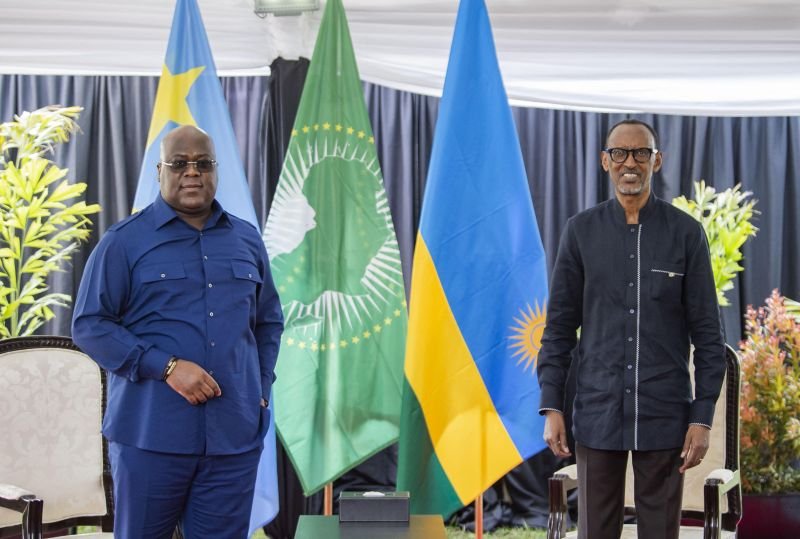
– Rwanda plays a central role by supporting the M23 movement, justifying its actions as protection from armed Hutu groups (FDLR), though its motivations include economic interests in eastern DRC’s mineral wealth.
– Uganda and Burundi maintain security and economic roles—Uganda officially backs the DRC government but has ties to certain militias, while Burundi intervenes to protect its borders from opposition groups.
– African Union has supported dialogue through its Peace and Security Council, emphasizing DRC’s sovereignty and backing regional mediation initiatives such as the Nairobi and Luanda processes.
– EAC and SADC engaged in mediation efforts and deployed peacekeeping forces to support the Congolese government against M23.
– The U.S. and Qatar emerged as main brokers in recent talks, leveraging their influence, relative neutrality, and capacity to apply pressure.
Diplomatic Efforts: From Failure to Breakthrough
After numerous failed ceasefires and agreements, recent efforts stood out for stronger external mediation. Qatar used its good relations with both parties to convene Rwandan and Congolese leaders in Doha, while the U.S. provided critical diplomatic and political pressure. African Union efforts and neighboring states helped bridge gaps and support dialogue but failed to eliminate external interference or fully stop the fighting.
Egypt’s Active Role
Egypt played a supportive and influential role in regional and international mediation, using high-level diplomatic channels to bridge differences. President Abdel Fattah El-Sisi engaged repeatedly with his Rwandan and Congolese counterparts, stressing de-escalation and political resolution, and highlighting the humanitarian crisis in eastern Congo.
Egypt’s Foreign Minister also coordinated with his Rwandan and Congolese counterparts, expressing Cairo’s willingness to provide support for regional stability. Within the African Union, its Peace and Security Council backed mediation efforts such as the Nairobi and Luanda initiatives, emphasizing state sovereignty and rapprochement.
Economic and Security Dimensions: Why Has the Conflict Persisted?
Eastern DRC is rich in rare minerals—tantalum, gold, cobalt, copper, lithium—making it a hotspot of geopolitical and economic struggle. These resources have not led to development but instead fueled violence. Armed groups compete for control of mines and smuggle minerals through Rwanda and Uganda in exchange for weapons and money.
The state’s absence as an institutional force in the east deepened ethnic divisions and entrenched militia rule as an “alternative authority.” Ruling elites in Kinshasa often exploit the conflict for political leverage without genuine intent to build an inclusive state.
12 Key Factors Affecting the Agreement’s Success
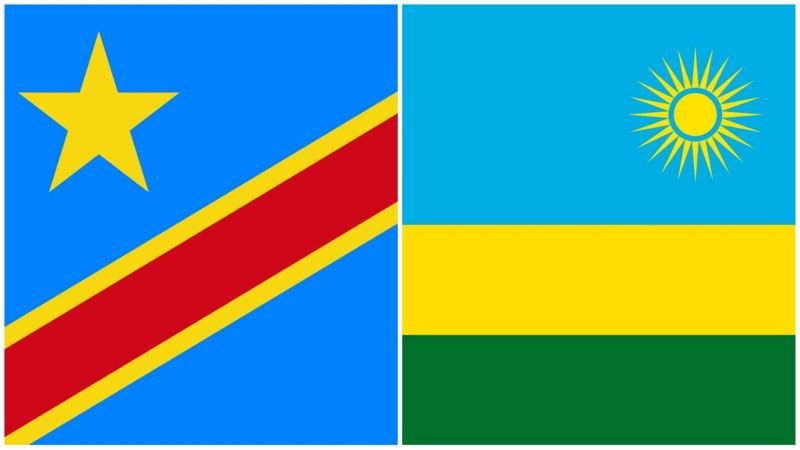
Despite the agreement’s significance, its success depends on various factors, including:
– Implementation on the ground, amid a history of unfulfilled accords.
– Coordination among regional and international actors to avoid conflicting agendas.
– Building trust between Rwanda and the DRC, one of the greatest obstacles.
– Continued international pressure, particularly from the U.S. and Qatar.
– Addressing armed groups through sustained military and diplomatic efforts.
– Strengthening regional and international cooperation to bolster peace efforts.
– Enhancing monitoring and verification mechanisms, including deploying independent missions to oversee disarmament and troop withdrawal.
– Supporting reconstruction and joint economic development projects like the Goma–Kigali highway and a railway to Congolese ports.
– Engaging civil society and displaced communities through reintegration programs and local participation.
– Expanding joint security mechanisms, with international support for border security capacity-building.
– Involving additional regional and global partners, including Nile Basin, EAC, and SADC countries, to widen international backing for the peace deal.
Impact on Broader Peace Prospects in East Africa and the Nile Basin
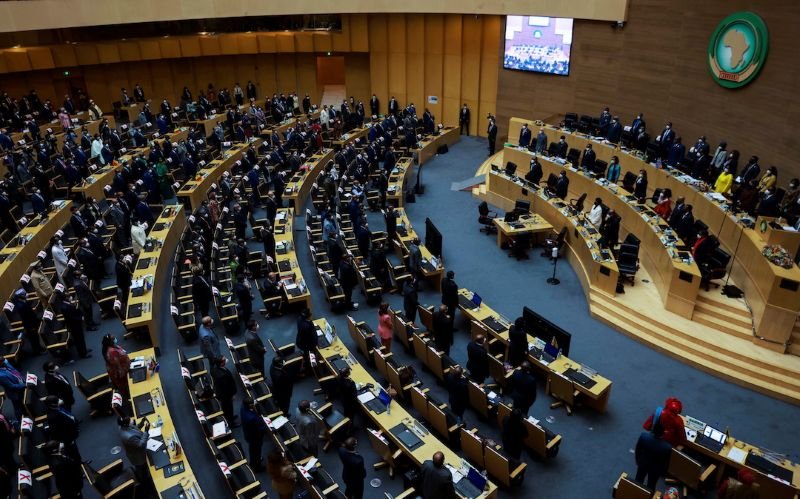
The latest Rwanda–DRC agreement marks a pivotal moment in the Great Lakes region, offering a potential model for resolving entrenched regional conflicts.
If successful, it could pave the way for similar peace efforts across East Africa and the Nile Basin, where crises share common roots and overlapping interests.
Regional economic integration would strengthen stability and shared development, fostering an environment conducive to cooperation in water, energy, and trade. A positive outcome could transform East Africa, bolstering the prospects for comprehensive peace and sustainable development across the continent.

